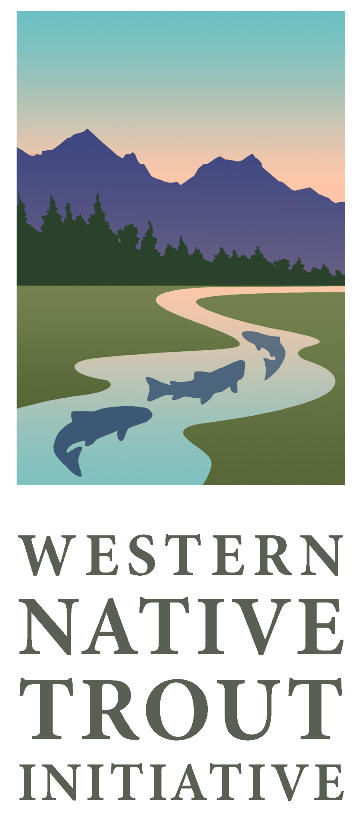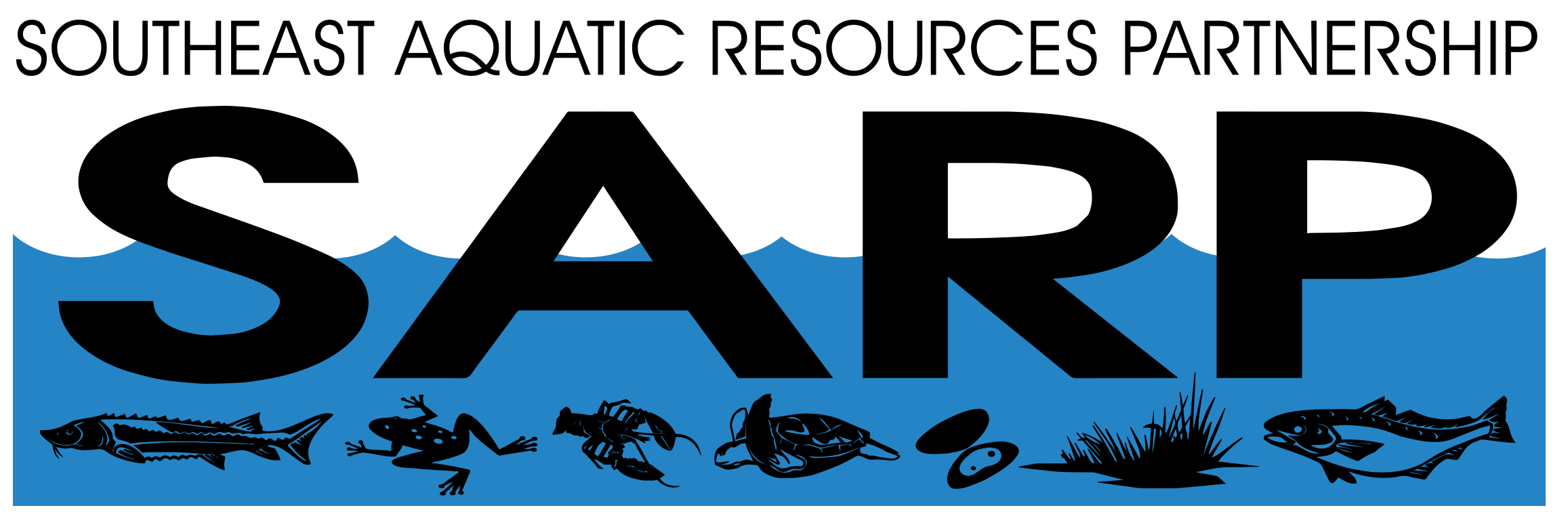Filters: Types: OGC WFS Layer (X) > Types: OGC WMS Service (X)
41,681 results (68ms)|
Filters
Date Range
Extensions Types
Contacts
Categories Tag Types
|
This collection contains coalbed methane desorption data on 31 coalbed methane test wells drilled in new Mexico. There are 589 pages of information. We would like to prepare a digital catalog of this infomartion and link that catalog to scanned images of the reports in order to increase/maximize utility.
Categories: Physical Item;
Types: Collection,
Map Service,
OGC WFS Layer,
OGC WMS Layer,
OGC WMS Service;
Tags: ndc_collection
Website of various Nevada geothermal resource information, which contains 227 geothermal site descriptions and related digital maps, photographs, and information sources. Geothermal Resources of Nevada Two NBMG geologists spend part of their time keeping up this database. Aside from the list of 227 geothermal sites which are linked to site descriptions and maps, the website also contains an interactive map based on NBMG Map 141, "Nevada Geothermal Resources," which shows locations of all significant occurrences of geothermal water in Nevada of which more than 300 are linked to site descriptions and/or databases accessed by mouse clicks; links to the files used to create the interactive map; a list linked to 82 large-scale...
Categories: Physical Item;
Types: Collection,
Map Service,
OGC WFS Layer,
OGC WMS Layer,
OGC WMS Service;
Tags: ndc_collection
This collection includes depth-to-water measurements for Kansas aquifers, primarily the High Plains aquifer. The groundwater level measurement data are available in the WIZARD Water Well Levels Database.
Categories: Physical Item;
Types: Collection,
Map Service,
OGC WFS Layer,
OGC WMS Layer,
OGC WMS Service;
Tags: ndc_collection
Wireline logs for subsurface oil field wells.
Categories: Physical Item;
Types: Collection,
Map Service,
OGC WFS Layer,
OGC WMS Layer,
OGC WMS Service;
Tags: ndc_collection
Plant fossils, coal, coal ball, compression, spore, and pollen.
Categories: Physical Item;
Types: Collection,
Map Service,
OGC WFS Layer,
OGC WMS Layer,
OGC WMS Service;
Tags: ndc_collection
Groundwater Potential reports (GWP) describe the general hydrogeology and potential for development of a groundwater supply in a particular area.
Categories: Physical Item;
Types: Collection,
Map Service,
OGC WFS Layer,
OGC WMS Layer,
OGC WMS Service;
Tags: ndc_collection
Thin sections and polished sections of geological samples.
Categories: Physical Item;
Types: Collection,
Map Service,
OGC WFS Layer,
OGC WMS Layer,
OGC WMS Service;
Tags: ndc_collection
Information on the paleomagnetic cores taken by Idaho Geological Survey geologists to help determine the age and/or affinity of various rock units.
Categories: Physical Item;
Types: Collection,
Map Service,
OGC WFS Layer,
OGC WMS Layer,
OGC WMS Service;
Tags: ndc_collection
Oklahoma: 616 cabinets of logs sorted by section-township-range plus ~1300 boxes unsorted. Kansas: 15 cabinets sorted plus 124 boxes unsorted. Texas: 14 cabinets sorted plus 20 boxes unsorted. Other states/Canada: 102 cabinets sorted plus 139 boxes unsorted. Primarily full-scale 5-inch logs from Oklahoma plus various-sized logs from Kansas, Texas, other states and Canada.
Categories: Physical Item;
Types: Collection,
Map Service,
OGC WFS Layer,
OGC WMS Layer,
OGC WMS Service;
Tags: ndc_collection
Kelsey Boltz has been a registered mining engineer and geologist in Arizona since the mid 1960s. A 1953 graduate of the Colorado School of Mines, he founded Colamer Corporation and Nuclear Dynamics, both companies active in the uranium industry in the Grants Uranium Region of New Mexico in the '50s, '60s and '70s. In 1981 he co-founded Century Capital, Inc., an investment banking and retail brokerage firm which provided several hundred million dollars financing for various industries including natural resource companies. In 1990 he started his exploration consulting company, Boltz Group International, which initiated and managed several mining projects in Mexico, Chile and Bolivia. The collection consists of geologic...
Categories: Data,
Physical Item;
Types: Collection,
Map Service,
OGC WFS Layer,
OGC WMS Layer,
OGC WMS Service;
Tags: ndc_collection
This collection consists of economic geologic information on Anderson Mine and Date Creek area collected from the late 1960s to the late 1970s. It contains geologic reports, maps, assays, drill logs and related materials.
Categories: Physical Item;
Types: Collection,
Map Service,
OGC WFS Layer,
OGC WMS Layer,
OGC WMS Service;
Tags: ndc_collection
This ecoregion consists of a wide swath of rolling hills and plateaus that grades from the coastal plain (101) on the north to the Brooks Range (103) on the south. The east-west extent of the ecoregion stretches from the international boundary between Alaska and the Yukon Territory, Canada, to the Chukchi Sea. The hills and valleys of the region have better defined drainage patterns than those found in the coastal plain to the north and have fewer lakes. The area is underlain by thick permafrost and many ice-related surface features are present. The region is predominantly treeless and is vegetated primarily by mesic graminoid herbaceous communities.
The mountains of south central Alaska, the Alaska Range, are very high and steep. This ecoregion is covered by rocky slopes, icefields, and glaciers. Much of the area is barren of vegetation. Dwarf scrub communities are common at higher elevations and on windswept sites where vegetation does exist. The Alaska Range has a continental climatic regime, but because of the extreme height of many of the ridges and peaks, annual precipitation at higher elevations is similar to that measured for some ecoregions having maritime climate.
This ecoregion is composed of rounded, folded and faulted sedimentary ridges intermittently surmounted by volcanoes. The mountains were heavily glaciated during the Pleistocene epoch. A marine climate prevails, and the region is generally free of permafrost. Many soils formed in deposits of volcanic ash and cinder over glacial deposits and are highly erodible. Vegetation cover commonly consists of dwarf scrub communities at higher elevations and on sites exposed to wind, and low scrub communities at lower elevations and in more protected sites.

This folder contains data contributed to the National Fish Habitat Partnership (NFHP) Data System by the Western Native Trout Initiative (WNTI). WNTI was recognized as a partner of NFHP in February 2008.
Collection includes Piedmont rock cores. This collection has not yet been inventoried and cataloged. Please contact the Delaware Geological Survey to inquire about this collection.
Categories: Physical Item;
Types: Collection,
Map Service,
OGC WFS Layer,
OGC WMS Layer,
OGC WMS Service;
Tags: ndc_collection
Geoscientific collections managed by Maine Geological Survey are aggregated in the National Digital Catalog to enhance discovery and use of valuable samples and data for further scientific research. Contact information and material access instructions are provided for the individual collections.
Alternate IDs: 323112114482701 C-10-25 34AAC1 Agency: USGS Reclamation Data: Water Level - Tapedown Water Level - Transducer Gravity Coordinate (approximate; UTM 11N): 3600209 N 705938 E

This folder contains data contributed to the National Fish Habitat Partnership (NFHP) Data System by the Southeast Aquatic Resources Partnership (SARP). SARP was recognized as a partner of NFHP in October 2007.

Description of Work U.S. Geological Survey (USGS) is identifying the types and locations of emerging and legacy toxic contaminants in the water and sediments at 59 major tributaries to the Great Lakes (including many Area of Concern sites). This information is needed to help prioritize watersheds for restoration, develop strategies to reduce contaminants, and measure the success of those efforts in meeting restoration goals. The USGS contaminant and virus tributary monitoring network follows the National Monitoring Network for Coastal Waters design. The monitoring effort includes collecting emerging contaminant samples at 17 sites, a subset of the 30 nutrient monitoring sites; and for human viruses and other waterborne...
Categories: Project;
Types: Map Service,
OGC WFS Layer,
OGC WMS Layer,
OGC WMS Service;
Tags: Emerging contaminants,
GLRI,
Great Lakes Restoration Initiative,
Great Lakes Restoration Initiative,
Great Lakes Tributaries,
|

|